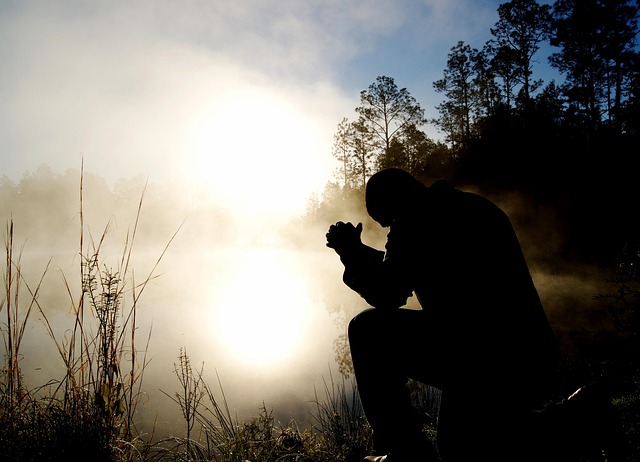The concept of a praying house resonates deeply within various religious traditions, reflecting a sacred space where individuals and communities come together to strengthen their faith and connect with the divine. For many, a praying house symbolizes more than just a physical structure; it embodies a sanctuary where prayers are offered, spiritual bonds are nurtured, and traditions are passed down through generations.
Across the world, the architecture and function of praying houses vary, influenced by cultural contexts and religious beliefs. In Christianity, churches serve as praying houses where worshippers gather to hear the word, sing hymns, and partake in sacraments. Similarly, in Islam, mosques are designed as dedicated praying houses, often adorned with intricate calligraphy and sprawling prayer halls where believers come to submit themselves in prayer, united in their devotion to Allah. Meanwhile, in the Jewish tradition, synagogues act as pivotal praying houses, where congregants join for communal prayer, study sacred texts, and celebrate life’s milestones. Each praying house tells a story of faith and community, acting as a focal point for those seeking solace and meaning.
However, it is not just the grand structures that hold significance. A praying house can also manifest in simple homes where families create an atmosphere of worship and prayer. Here, the dining table might transform into an altar, adorned with scriptures or symbolic items representing faith. These intimate settings allow individuals to engage in personal reflection, fostering a spiritual connection that sometimes gets overlooked in larger gatherings. The practice of prayer echoes in every corner, wrapping family members in the warm embrace of shared spirituality.
The emotional weight of a praying house goes beyond architectural beauty; it represents hope, healing, and the collective journey of believers. In times of crisis, these sacred spaces become havens, offering comfort and solace to those in need. Whether it is through communal prayer during difficult times or joyous celebrations of life events, the praying house embodies a collective spirit that transcends individual struggles, creating a tapestry of shared experiences bound by faith.
Moreover, the tradition of gathering in praying houses has been pivotal in fostering community ties and cultural identity. In many cultures, these spaces serve as community centers where social issues are addressed, services are provided, and mutual support is cultivated. From hosting food drives to organizing educational programs, a praying house often stands at the forefront of community engagement, reflecting the core values of service and love that many religions espouse.
As we embrace these sacred places in modern society, it is essential to recognize and honor their deep-rooted significance. The ritual of coming together in a praying house encourages believers to remember their responsibilities to one another and to the world. Amidst a fast-paced and often disjointed existence, these spaces offer a collective breath, urging us to pause, reflect, and connect with the deeper meanings of our lives.




